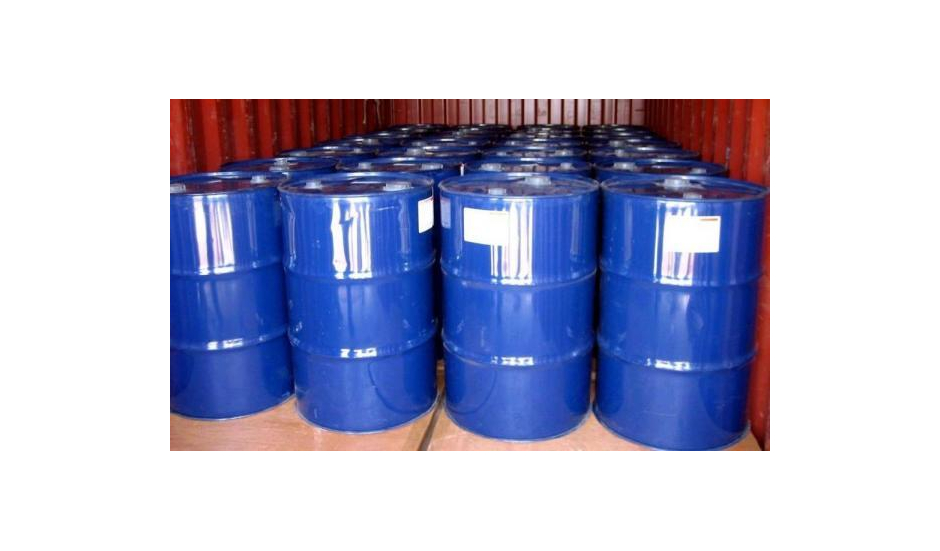Drilling Lubricant (Drilling Lubricant)

Problems solved with the help of drilling lubricants are usually divided into the following types of groups:
- Lubrication and cooling of drill bits and rods. Polymers are used for the most critical parts of the drilling rig. High demands are placed on such products, since they must not only protect moving elements from various aggressive environments, but also increase their service life;
- Retention of cuttings in case of emergency shutdown of equipment during drilling. If the suspended state of the sludge is disturbed, this can lead to serious consequences, both for the entire process and for the equipment in particular;
- Elimination of sludge from wells. Moving parts must completely remove cuttings from wells, which is practically impossible without drilling polymers;
- Discharge of sludge to the ground surface, without affecting the equipment mechanisms. After removing cuttings from the well, they must be brought to the surface to simplify the subsequent drilling procedure;
- Eliminates the possibility of sand masses fixing and clay swelling. Due to its viscosity and characteristics, drilling fluid can prevent the formation of compactions in sand and clay. If this is not provided for, the drilling process can be seriously complicated, which will also affect the condition of the drilling equipment;
- Hydrostatic pressure support in wells. This effect is achieved by filling the wells with a special solution, which belongs to a subgroup of drilling lubricants;
- Increased productivity and efficiency of drilling operations. A separate group of lubricants used for application to drill components, screw connections, etc. The highest demands are placed on this group.
Location:
- Russian Federation
View:
- Шламовыводители
No reviews found


